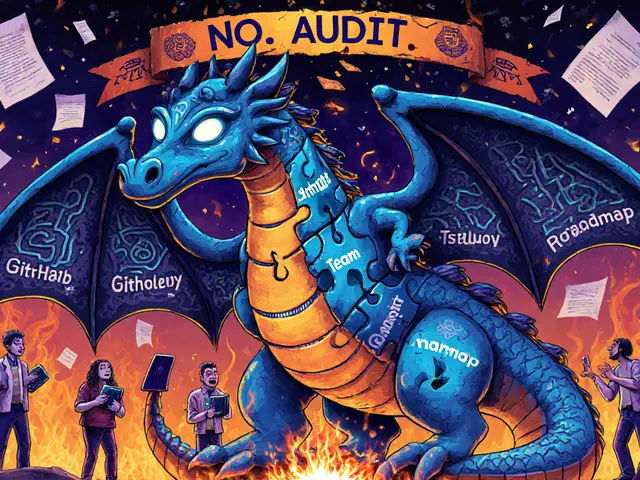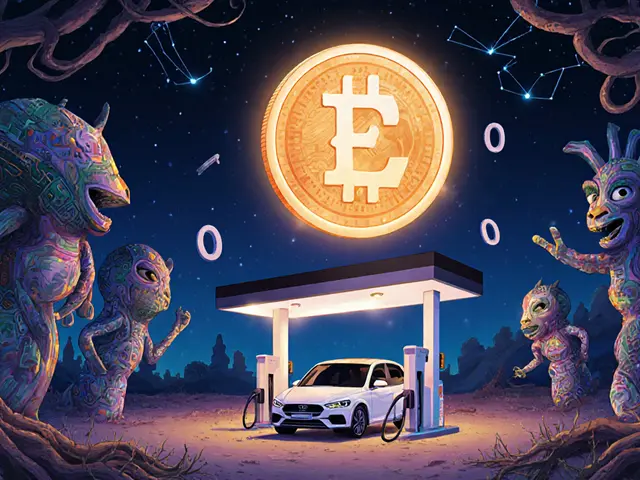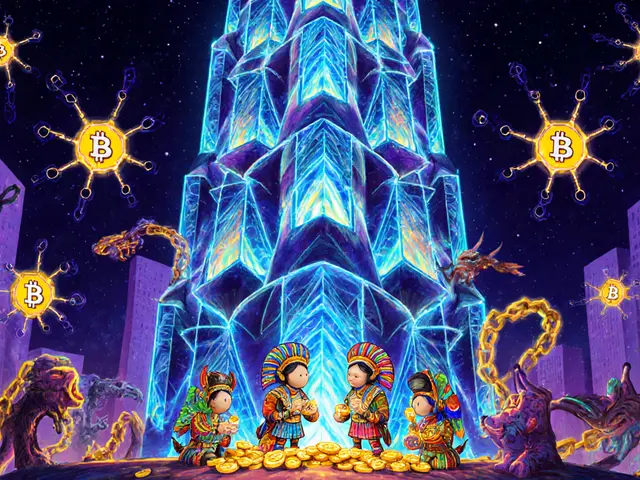NFT Badges: What They Are, Why They Matter, and How They're Used in Web3
When you see a colorful icon on someone’s wallet or profile in a crypto app, it’s not just art—it’s an NFT badge, a unique, verifiable digital token that represents achievement, membership, or status on a blockchain. Also known as tokenized reputation, it’s not something you trade for profit—it’s something you earn. Unlike regular NFTs that sell for thousands, NFT badges are about identity, not speculation. They’re given out by protocols, DAOs, or communities to reward real participation—like staking tokens, contributing code, or attending events.
These badges live on-chain, so no one can fake them. If you’ve earned a badge from a DeFi platform for providing liquidity for 90 days, that proof stays with you forever, even if you switch wallets. That’s why they’re becoming essential for Web3 identity, a system where your online reputation is owned by you, not controlled by social media companies. Think of it like a digital resume built into your wallet. Companies and communities are starting to use them to grant access—only holders of certain badges can join private Discord channels, vote in governance, or claim future airdrops. It’s not just about showing off; it’s about unlocking real benefits.
They also connect to tokenized rewards, systems where actions in a protocol earn you not just tokens, but verifiable credentials that carry value. For example, someone who helped test a new DEX might get a badge that gives them priority access to its next token sale. Or a user who consistently uses a privacy-focused protocol could earn a badge that lowers their transaction fees. These aren’t theoretical—they’re already live in projects like Gitcoin, Optimism, and Snapshot.
What you’ll find in this collection are real-world examples of how NFT badges work—and how they don’t. You’ll see projects that got it right by tying badges to actual utility, and others that just slapped a pretty image on a token with no purpose. Some posts dive into how badges are used in gaming, others into how they’re shaping decentralized governance. You’ll also learn how to spot fake badge systems that promise status but deliver nothing. This isn’t about collecting digital stickers. It’s about understanding how ownership, trust, and reputation are being rebuilt on blockchain—and why your next badge might matter more than your next crypto holding.









